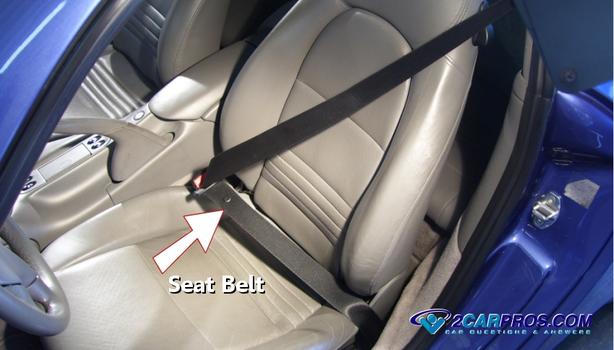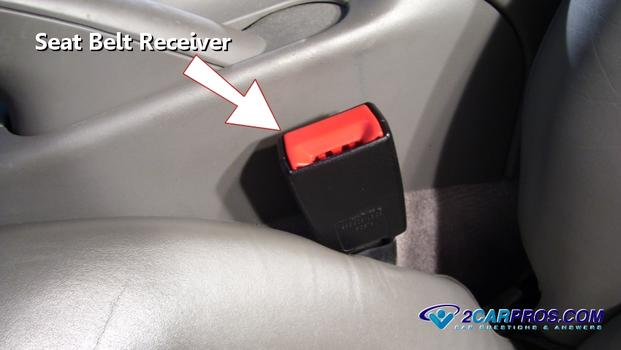Studies have revealed that occupants of a vehicle who wear their seat belts, along with an air bags safety system will survive an accident much better than the occupants of a vehicle that don't.
Step 1 - Seat belts, also known as safety belts are a safety feature that secures the passengers in their seat in case of an accident. Many seat belt designs have been developed for several different applications. The most common safety belt is the three point seat belt which attaches in three places; two mounts near the rear of the seat bottom, and one towards the top of the side body pillar.
Step 2 - Safety belts are worn over the waist and
shoulder and are usually automatically adjusted by the seat belt tension device.
A five point harness style of safety belt is worn diagonally over the chest and
is meant for children's car seats and racing applications to provide additional
safety.
Step 3 - Active seat belts are also known as inertia
belts and increase their effectiveness by self-adjusting to the occupant in the
event of an accident. This is done by tightening the belt instantly with the help
of a piston, which is driven by expanding gas. Active seat belts are triggered by
sensors placed designed into the vehicle much like the air bag safety system. The
active seat belt concept combined with a three point seat belt produce a safer vehicle.
A seat belt light on the dashboard indicates when the seat belt has been fastened
properly. Our certified technicians are ready to answer seat belt
questions for free. We hope you saved money and learned from this guide. We
are creating a full set of car repair guides. Please subscribe
to our 2CarPros YouTube channel
and check back often for new videos which are uploaded regularly.

Questions?


